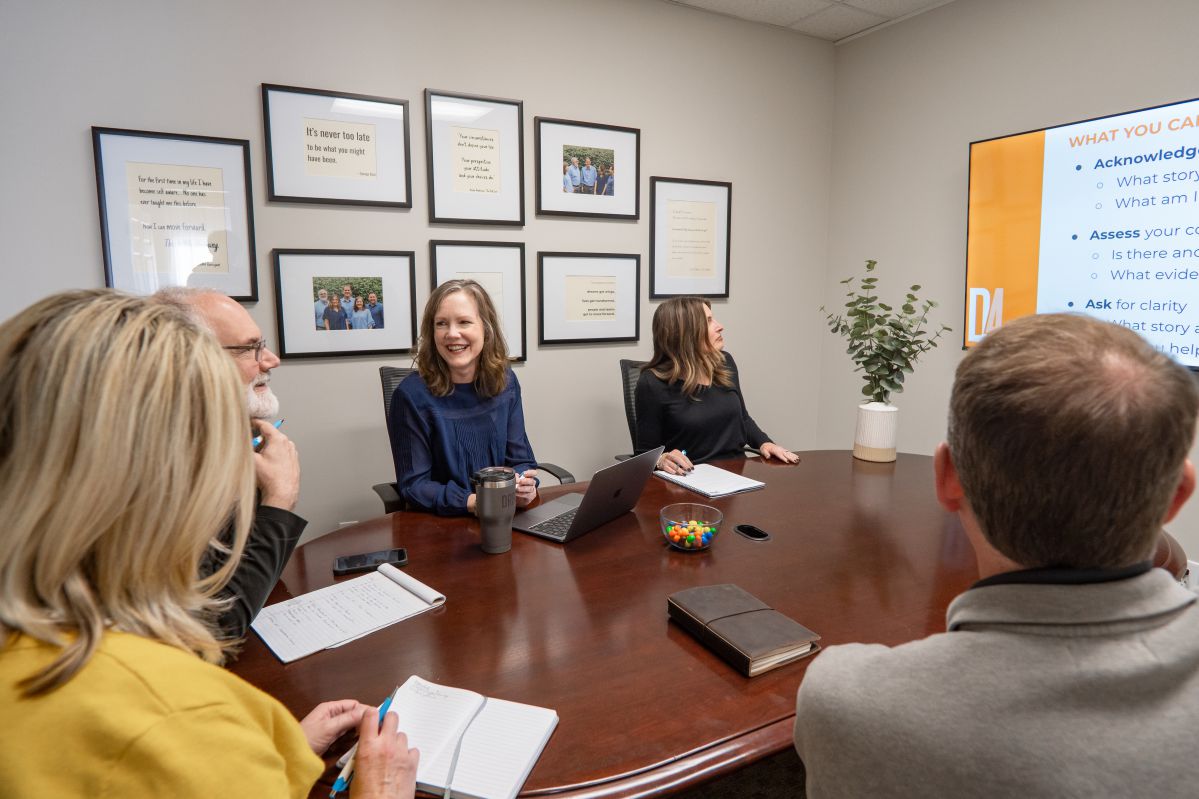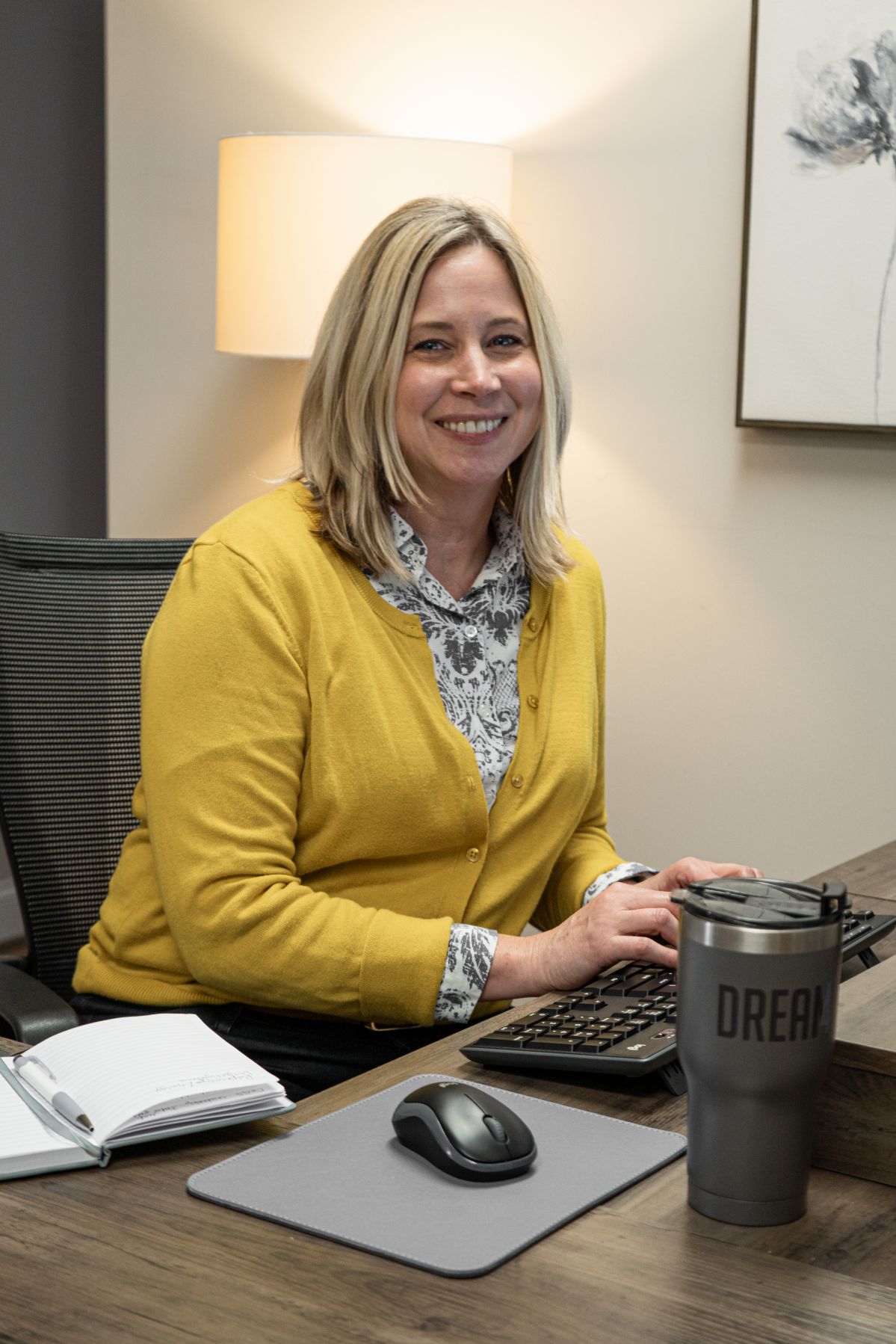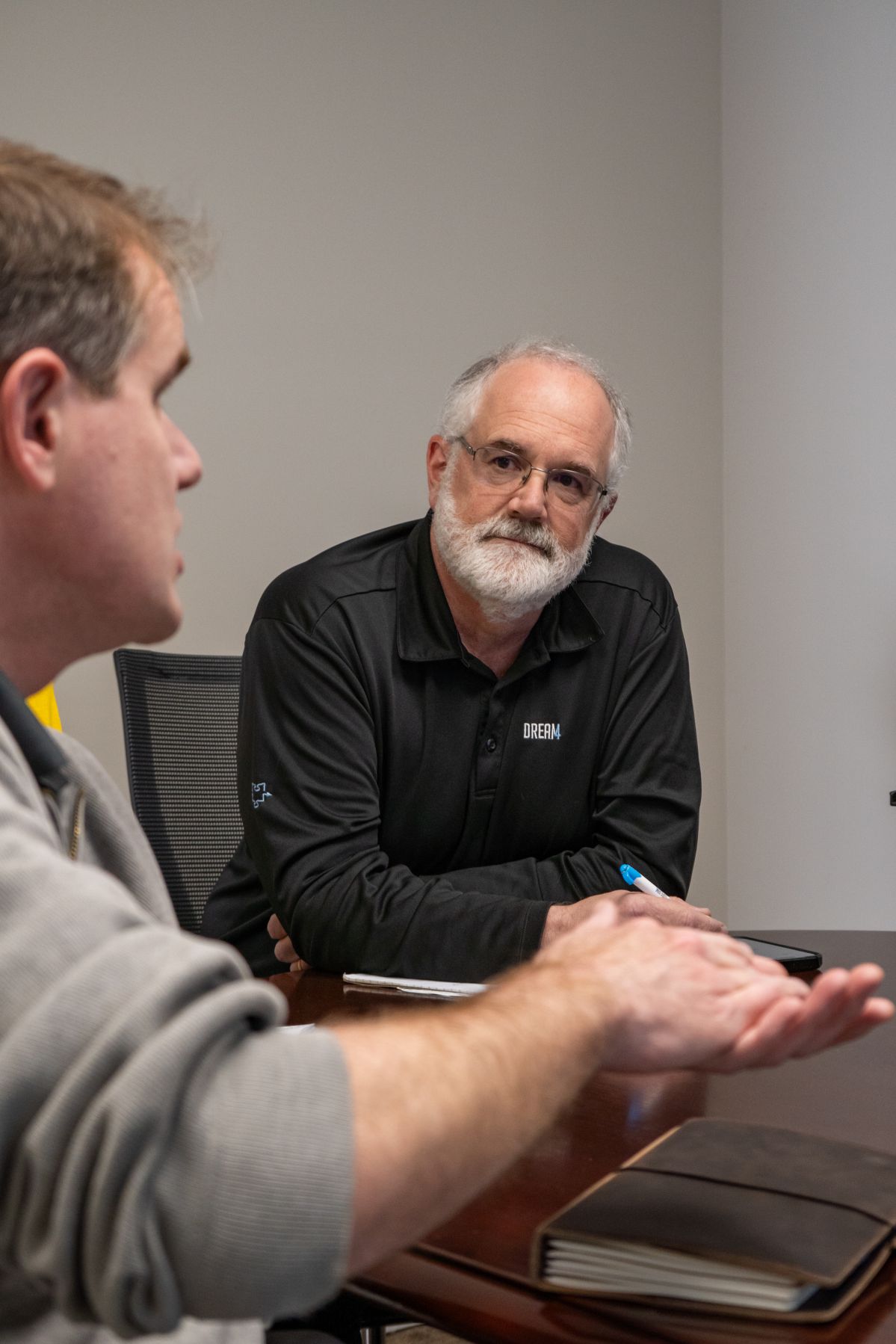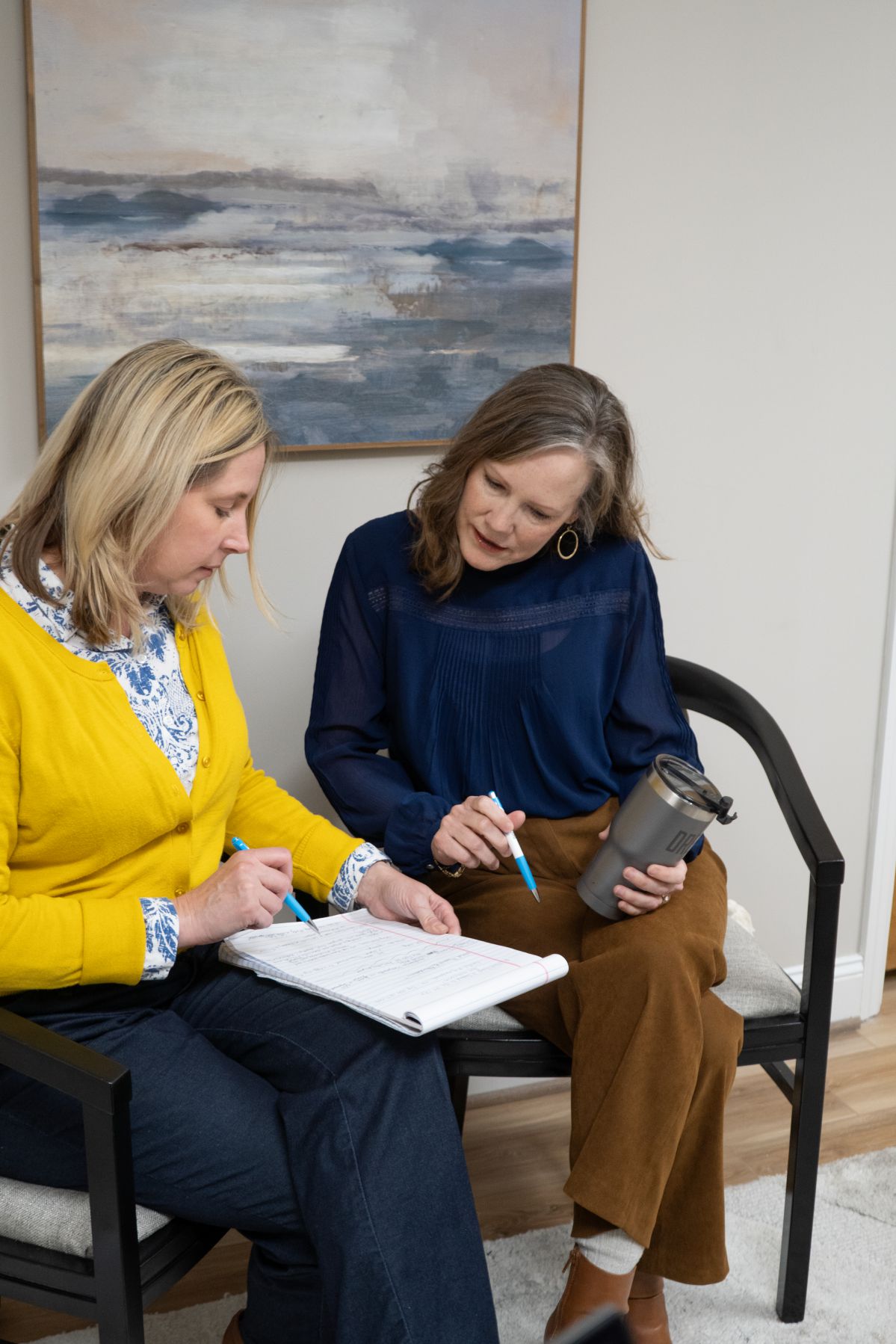Bells and Whistles
At my office, we have a workout station. It has everything you need to get toned and flexible.
We also have a sauna. It’s a great way to sweat and release tension. I have to be honest in this moment and admit that if you saw me, you’d know I don’t spend a lot of time (okay, any time) working out at the workout station. And truthfully, it’s hot enough in Birmingham to work up a good sweat walking from the parking lot to the office’s main entrance.
Our campus also has a beautiful courtyard with a fire pit, outdoor couches, a dining area with a massive umbrella, a fireplace, and let’s not forget the 62” television and outdoor stereo system with a subwoofer. I do use all of that, but my favorite is the inside golf simulator. I don’t know how many golf courses it has on it, but I do know when it’s freezing outside, I can still play a round of golf with my buddies.
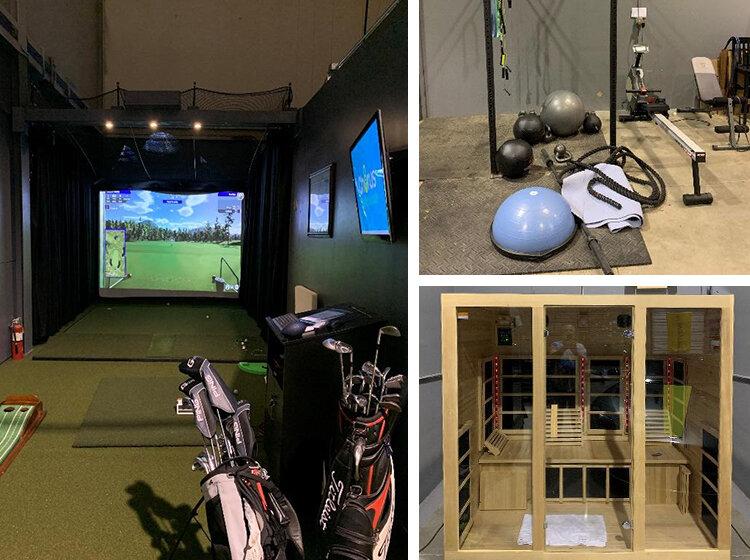
Am I bragging? No, because none of this matters. These are “things,” “bells and whistles,” the shiny objects, but none of this keeps our staff on board.
In researching for this blog, I couldn’t find a single survey where employees listed the bells and whistles in their top things they wanted at work.
I did read multiple survey results that listed where the desire to personalize their workstation was in the top 10. Most of the surveys focused on:
- Trust and open communication with leadership
- The desire to be heard and taken seriously
- Opportunities to develop professionally
- To work in a team or family-oriented environment
- Mental and physical health benefits
- 401k and retirement options
No saunas, no Nerf gun battles, and sadly, no golf simulators.
It’s not the shiny things. It’s the personal things that matter. Feeling relevant and appreciated, a part of a team, experiencing both sides of investment – invested in the company and the company invested in the employee, this includes employee wellness – financially, physically, and mentally.
Leadership is the key to creating a healthy company culture:
- Identify where you are (watch out leaders often your view and the employees are different)
- Set a clear and measurable goal
- Create the plan
- Be consistent with your messaging and following the plan
- Measure progress along the way
Sounds simple enough, and yet too often, the goals are forgotten, and leaders fall back into their old habits. The key is accountability.
The DREAM4 office has the bells and whistles, but more importantly, we have AND use the tools to create a healthy, thriving culture. Let us help you reach your goals of creating an environment where your employees work as a team. A place where leadership and team members invest in the business and the business invests in them.
For more on DREAM4 and its impact on organizational wellbeing and leadership development, please schedule a call today.
